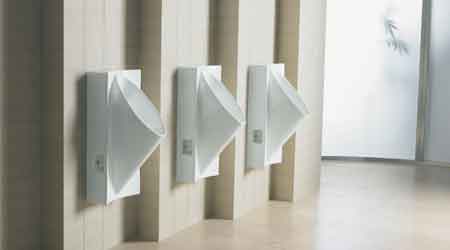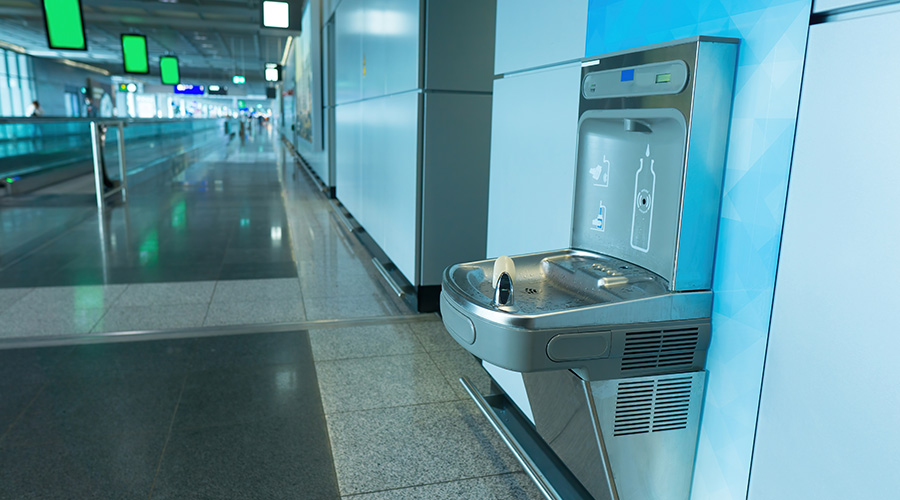Water Shortages Increase Appeal of Waterless Urinals
Part 2 of a 6-part article on waterless urinals
Areas of the country such as California and Arizona are experiencing severe water shortages. The escalating costs help make waterless urinals, which only use water occasionally for cleaning, appealing options for managers.
Using one waterless urinal can save an estimated 100 gallons of water per day in a typical commercial office building and about 40,000 gallons of water a year, according to one manufacturer of the waterless units — a statistic that is likely to grab the attention of the C-suite come budget time.
To encourage the installation of waterless urinals, some municipalities offer financial incentives to facilities. Last summer Beverly Hills, Calif., offered businesses $500 for every waterless urinal installed and agreed to pay most installation fees.
In addition to incentives to curtail water use, state and local governments in many areas of the country are electing to impose tough restrictions on water use.
Most notably, California imposed water conservation measures in 2015 that mandated a 25 percent reduction in water use statewide.
Rising utility costs and water shortages, “along with new water-reduction mandates and potential penalties, have increased awareness of the severity of the situation,” says Mark Lawringer with Sloan Valve Co. “This, in turn, has increased interest and demand for products such as waterfree urinals to help reduce use of water.”
For managers who still have questions about waterless urinals, some manufacturers are introducing hybrid urinals.
“They are basically a waterless urinal, and once a day a valve turns on and washes out the pipes,” Scott says.
Related Topics:

















